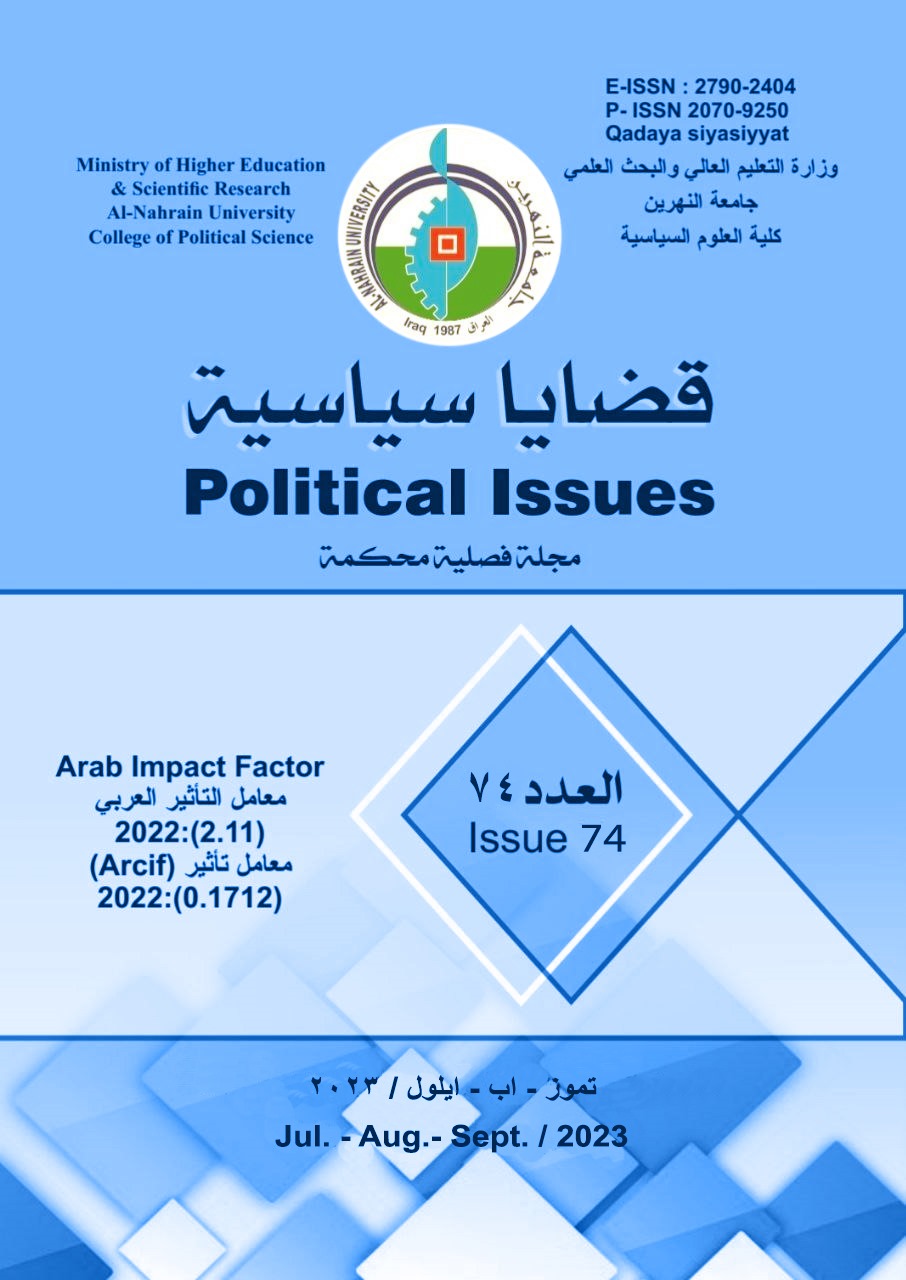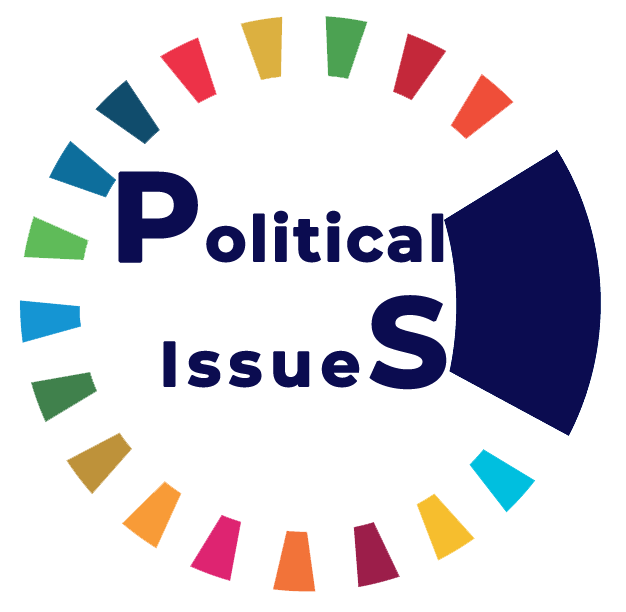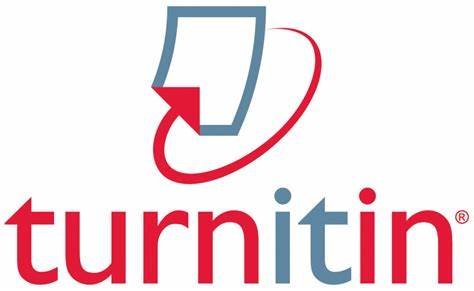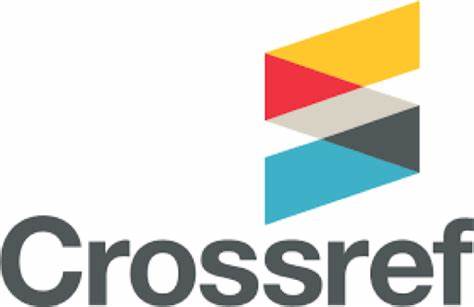The Indicators and Datum for the Strategic Capacity Building in Iran
DOI:
https://doi.org/10.58298/742023372Keywords:
• The military conflict, • Nuclear weapons, • The challenges in the middle east, • The pillars of the Iranian powerAbstract
Iran's strategic expansion in the Arab region has reached its climax, armed with an ideological determination, an ambitious vision of national interests, and a proactive spirit to exploit the opportunities offered by the mistakes of regional opponents in the region on one hand, and the United States on the other. Iranian influence in the Arab region has expanded in a way that the modern Iranian state has not known since its formation in the early twentieth century. Despite the siege and isolation, it somewhat exceeded the strict US sanctions.
The Iranian role was represented by economic, political and cultural influence in the region, taking advantage of the weakness of the Arab region and its inability to confront that influence. Iran is seeking to extract a regional role from America by exploiting the absence of the Arab national project on the one hand and the confusion of American policy in the region on the other.
Many transformations, changes and conflicts have contributed in one way or another to influencing the nature of Iran’s policies towards the Arab region. With the occupation of Iraq in 2003, the regional equivalent of Iran fell, and then Iran began to seek to extend its influence towards the Arab region, through its exploitation of local and regional factors. And the transformations that took place in the region, as well as its possession of the basic ingredients that enable it to go with that strategy, especially towards the Arab Gulf region.
Thus, Iran acquires a strategic position that has enabled it to become a prominent global and regional power in the Middle East, in addition to its geopolitical position.
Additional Files
Published
Issue
Section
License
Copyright (c) 2023 Malik Dahham

This work is licensed under a Creative Commons Attribution 4.0 International License.
This is an Open Access article distributed under the terms of the creative commons attribution (CC BY) 4.0 international license which permits unrestricted use, distribution, and reproduction in any medium or format, and to alter, transform, or build upon the material, including for commercial use, providing the original author is credited.






